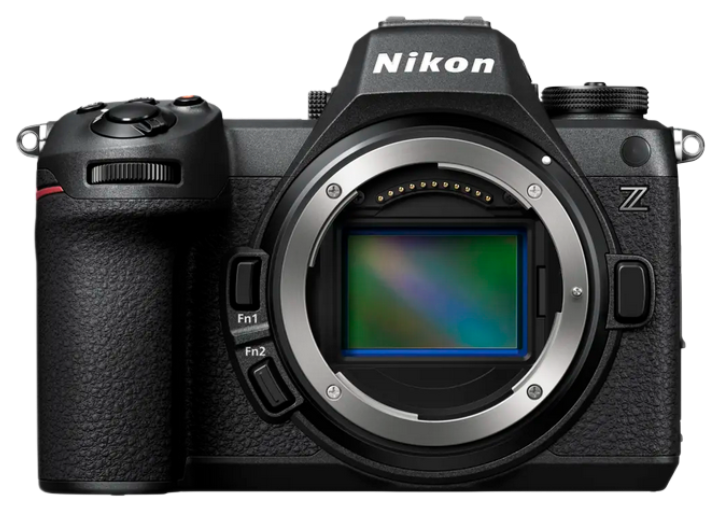Aurora in the Glen, Perthshire - Scotland
Aurora and the Perseid Meteor Shower
It was quite a surprize to have these two things coincide on the evening of the 12th / 13th August 2024. Meteor showers are difficult animals to photograph. They involve multiple hours of shooting pictures one after the other in order to build a competent image and I had a busy day the next: so I focused on aurora. (𝘌𝘥𝘪𝘵 - 𝘐 𝘴𝘵𝘪𝘭𝘭 𝘦𝘯𝘥𝘦𝘥 𝘶𝘱 𝘣𝘦𝘪𝘯𝘨 𝘰𝘶𝘵 𝘶𝘯𝘵𝘪𝘭 𝘢𝘣𝘰𝘶𝘵 3𝘢𝘮 𝘢𝘴 𝘶𝘴𝘶𝘢𝘭). I shot my other camera in a continuous mode for an hour or so and captured some faint meteors, however nothing that is a compelling, cohesive picture in my opinion. It all just bolsters my thoughts: one good image is all that is needed. (I did happen to capture a few lesser images that I think are still worth showing here.
With aurora photography, it is very easy to make a colourful picture of the sky and forget that a truly memorable picture needs to include a foreground that makes sense in relation to the sky. I tend to look for simplicity of elements when doing so, and I am careful to display the picture depicting the night. It's something I see all the time: night that somehow looks like daylight in photographs. Not only is it confusing to the viewer; it completely shatters the illusion that a truly iconic image can build in our heads, a sense of 'being there', rather than some faked photoshop / AI creation.
I shared this above frame on a specialist astrophotography website recently and had a chap living in Ireland contact me to say it made him pine for his homeland of Perthshire. To me, I have always found it curious; the power that a single image can conjure in the mind of the viewer.
Aurora over Perthshire - 24/1.4
The above shot was extremely difficult to process. It is shot with a 24mm f/1.4 lens wide open on starlight, then a second exposure for the land, and then one for the electrical pilon, which was slightly out of the depth of field. Blending these all together involved a mixture of luminosity masking and select and masking in photoshop, along with some minor manual sections. This might sound crazy, however when you begin to see this game as a quality over quantity and get into that mindset - it all starts to make sense. People will see the effort you put in, and focus much more on one or two shots, than they will if you dump 20 on the internet.
The Plough engulfed by Aurora
At Night It Is Dark
It might sound obvious, however in most places this is true. If we want to invoke a strong emotional reaction from our imagery, we should try to simulate that in our photography.
Notice how in the above picture, it feels like night? I could have easily made that foreground bright, like daylight if I wanted. Such is the power of our photographic technology these days. However, it would have made very little sense! Aurora comes to us at night (at least, we can only see it at night). I loathe seeing all these strange composite images online of dark black milky way’s (usually they are incorrect colours, like purple), but worse than all that is that they look like the milky way appeared over a beach in the daylight. Again, another easy way to differentiate yourself from the crowd in this regard.
Panorama made with a 24/1.4 prime lens in Highland Perthshire that night
Composition
Composition is so important with any photography, and those rules do not change at night; but they do become more difficult to implement. Simply being able to see what is in the frame, and particularly at the edges is usually pretty challenging, however newer cameras such as the Nikon Z8 and the newer sony bodies are able to really help out in this regard. When the camera has a really sensitive live feed, we can easily line everything up so that the composition makes sense. Too often I see random foregrounds that make no compositional sense in the context of the overall shot. In that sense, it is low hanging fruit to be able to differentiate yourself from others when you display your pictures online.
A Simple yet effective Aurora Picture
This picture above is simple, yet effective. No it is not some masterpiece of photography, however it works as a still image as it makes compositional sense, along with having good light and subject matter.
If you want to learn how to shoot aurora for realism, thinking about composition and the more technical side of imagery, visit my Aurora Photography section.
















